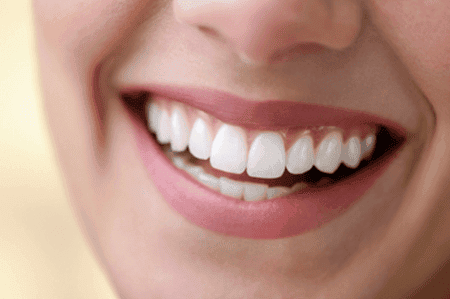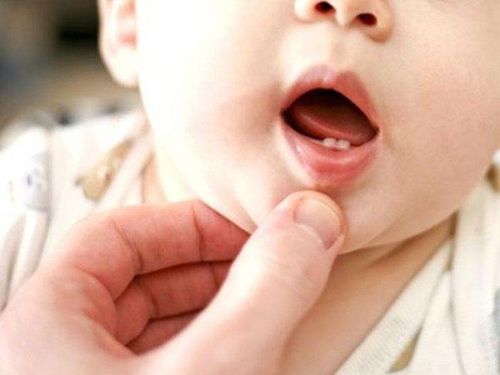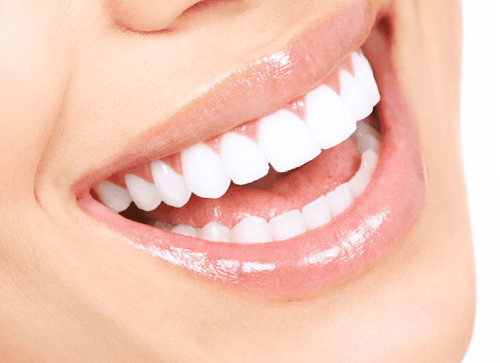This is an automatically translated article.
Canine grinding is a method performed to correct the shape and size of teeth to help overcome cosmetic defects. So should fangs be sharpened and in what cases should it be done?
1. When to sharpen the fangs?
The full set of adult teeth has 4 canines, also known as number 3 teeth. They have a similar structure to other teeth including 3 layers of enamel, dentin and pulp.
Canine grinding is an operation often performed by doctors before porcelain crowns. The outer enamel will be slightly removed with a specialized tooth grinding tool to correct the size, shape, and orientation of the teeth. From there, it helps to overcome the cosmetic defects and chewing function of the teeth after being covered with porcelain.
In addition, canine grinding is also applied to correct a few defects such as:
Canines have a long and pointed shape that affects aesthetics Canines are deformed and out of balance with other teeth Canines mildly clumsy Grinding canines to make abutments to support a porcelain bridge
2. Can grinding fangs cause any effect?
The principle of the canine grinding technique is to remove a part of the enamel to make the tooth smaller. In fact, when grinding canines will directly interfere with the teeth, so patients often wonder if grinding canines is painful? However, to avoid causing discomfort or pain to the patient, the doctor will numb the patient to make them feel comfortable during the procedure.
After teeth grinding, part of the outer enamel has been removed, so the teeth are easily irritated by temperature, food and function will be impaired. Therefore, the doctor will appoint porcelain veneers to both help effectively overcome defects and improve the aesthetics of the teeth while helping to protect the canines.
3. How to effectively and safely sharpen your fangs
Teeth grinding needs to ensure meticulousness and high precision in order to bring about good chewing effect, and at the same time minimize the invasion of tooth tissue. Therefore, when performing tooth grinding, it is necessary to ensure that the following requirements are fulfilled:
Specific calculation of the correlation between canines and other teeth by careful examination. Preserve tooth tissue as much as possible, limit too much invasion and avoid affecting dentin or pulp. In canines, do not grind more than 1-1.5mm for crowns and about 1.2-2mm for biting edges. Once you understand and have knowledge about whether to grind your teeth or not, you can choose and consult with your doctor or dentist about dental problems for appropriate indications.
Please dial HOTLINE for more information or register for an appointment HERE. Download MyVinmec app to make appointments faster and to manage your bookings easily.
Reference source: nhakhoaparis.com












